The MOARN Caveat

MOARN stands for: Map Only As Really Necessary. This acronym comes from the Traveller Kickstarter project I sincerely hope all my FRP buddies are “on board” with.

I thought about this expression again today as I typed up the notes from my ongoing OD&D/S&W:WB campaign. I’ve been playing for some time now and I was worried about some of the details being lost. In the course of going through my notes and filling in a few pieces here and there, I had to stop myself from going whole hog and generating data about areas my players had neither explored, nor heard about yet. That was my self-imposed “MOARN limitation.” If they hadn’t adventured there, or they hadn’t inquired enough about a place to get any details, then I was not going to work on generating those details. I was determined to resist the temptation and leave well enough alone until they got there. Let it all come naturally. I would trust the dice, trust the random.
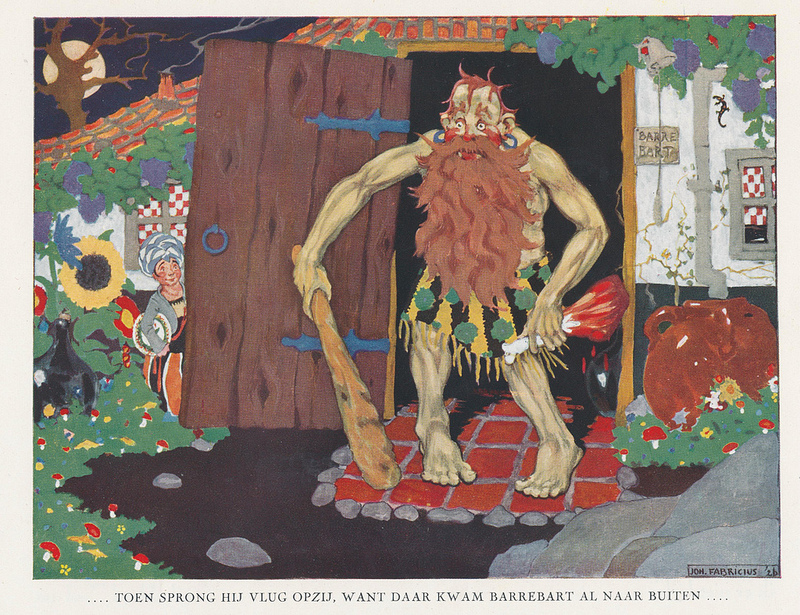
When I first started the campaign I did indeed do a little more generating that I would now. But after playing for awhile, I decided to curb my “frustrated novelist” approach and let the data be generated the natural way. When my players got to a “basin” on the Outdoor Survival map, that’s when I would would generate the data on the castle or citadel – not before. Until they reach that spot on the map, I am bound to be as clueless as they were regarding its possible occupants. It’s a mystery to them and to me. I kept the data on a few I had predetermined, but any more than that, now, seems to me like a railroad.
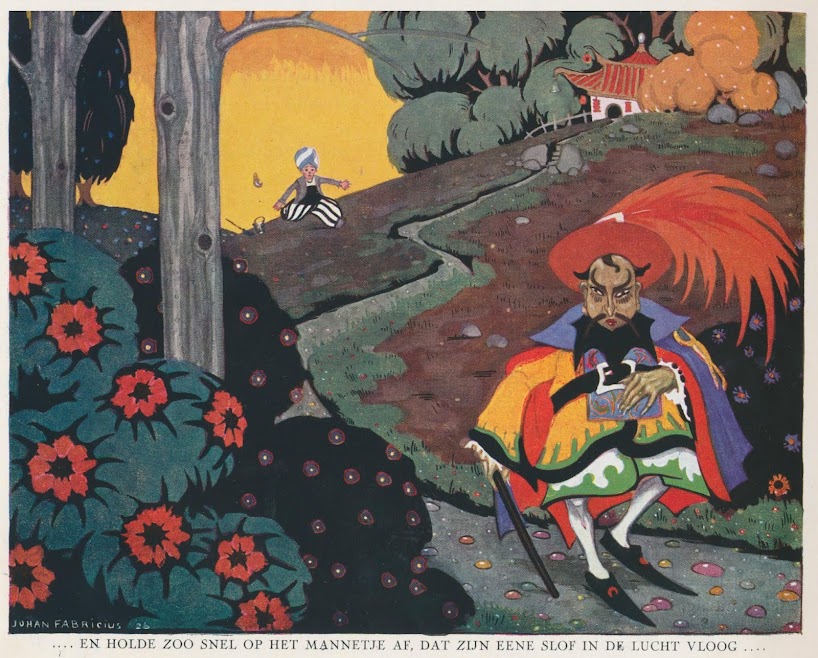
One part of the line from the Traveller page struck me: “Necessary, or referees would spend all their time just making maps of worlds and systems.” But what if that’s all they want to do? Seriously, it seems like some GMs (no names) just want to sit and generate all these details. That’s what they enjoy about FRPs. That’s what the game means to them. If no player ever gets to all the places they spent all this time detailing, they don’t care. I’d point out that these people probably don’t run great games, but I think they’re too busy to care about my opinion. The game they are “playing” is increasingly solipsistic, but I don’t think they mind – or even notice.
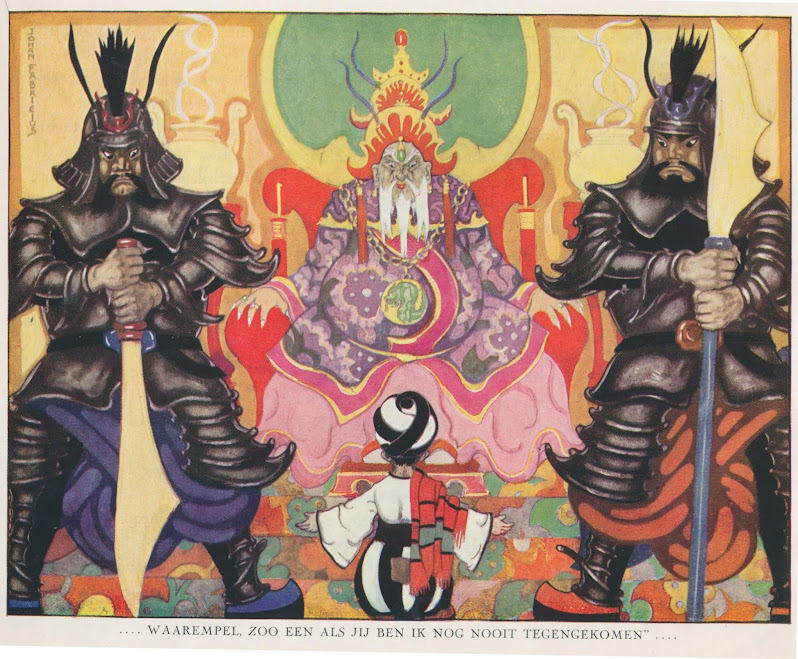
The question appeared to me to be a choice about the nature of the objects of the game itself – fun for you and the players, or just an exploration of your own little world. I’m trying, at this point, to be better at making an enjoyable experience for my players (given what I acknowledge as the confines of the rules and the limitations of the game itself) – than I am interested in seeing how far I can push the details. Once, I think, I assumed that the more details I had the more “real” the experience would be. Now, on the other hand, I see the “reality” I want emerging from a shared experience with the players – as well as through simple spontaneity. Zak s. insists that only the vivid details ever matter anyway. The things you might forget aren’t important.





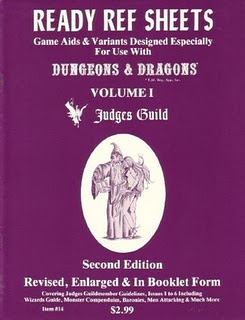
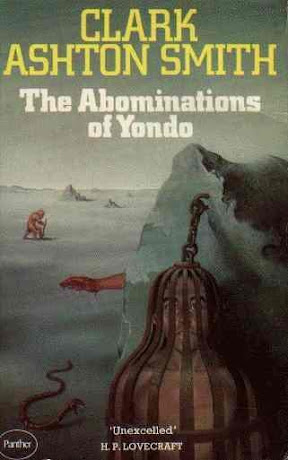
I agree with not creating more than you have to, though during the week between games I normally think about everything within a day’s ride of the PC’s, or several days ahead if I know their direction of travel. I always keep copious notes and as a result some of the areas of my campaign world are quite detailed, while others are almost unknown even after 30 years of running the same world! I have some general idea of the broad features of most regions and dangers to be found there, but the details are normally left for a time when the PCs venture there.
For instance, there is a vast empty land to the east of my ‘civilized’ realms called the Plain of Towers. There are ruined cities there haunted by orcs and (much) worse. Several of these places have names on my campaign map (Dagon and Horribus to name two). There are fantastic stories of the origins of these ruins, but my players have never traveled there and beyond knowing they are ruins of a long dead empire, even I don’t know the truth of the rumors!
Random tables are fun too. I used to be into making my own random tables for specific areas in my campaign world. Rather than using the ‘1 in 20 encounter results in a settlement’ rule from the DMG, I simply added ‘tower’ as one of my encounters (I knew there was an NPC wizard in the region but hadn’t placed his tower any where specific). I had that table for a year without rolling the ’20’ that indicated the tower. One session while the PCs were in camp, I rolled a wandering monster in the middle of the night, rolled the die to see what snuck up on them and rolled a ’20’ and revealed the flaw in my logic (and the genius of Gygax). I ALMOST rerolled before inspiration struck and the dawn revealed a 60′ tower less than half a mile away that wasn’t there before dark! The Tower of Sometimes joined the canon of my world (how it travels is another story and the PCs haven’t found out yet despite encountering the place two or three more times in different areas).
Detailing your world can be lots of fun and I spend my fair share of time thinking about the blank spaces, but I’ve come to feel it’s important to have blank areas on your map to allow you to drop in things as play demands…
Thank you for your post. I was struck by your writing, “The game they are “playing””. Unfortunately this is happening in a game im playing in. Our DM seems more interested in his creation instead of the shared world. As for my own game I DM, this is a good reminder.
Cool post, Clarence. The tower sounds really interesting!